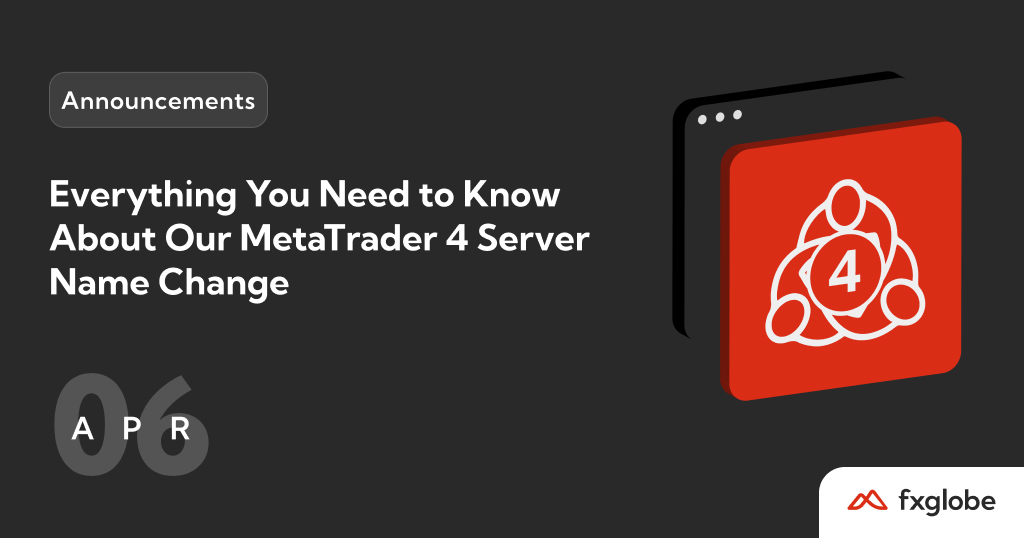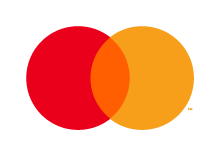Feeling lost about pips in forex trading? This article will give you clarity and confidence.
For new forex traders, one of the most confusing concepts is pips. You’ve probably heard the term thrown around and wondered “What exactly are pips and why do they matter so much?” Without understanding pips, it’s impossible to accurately analyze price movements, calculate potential profits, manage risk properly, and ultimately trade successfully.
At FXGlobe, we want to provide you with the pip knowledge you need to gain clarity and confidence. While pips may seem complicated at first, they’re easy to grasp with the right guidance.
In this beginner’s guide to pips, you’ll learn:
- What pips are and how they work in currency pairs
- Real examples of pips in action
- How to incorporate pip analysis into your trading process
- Key pip strategies professional traders utilize
So, whether you’re a total forex beginner or looking to get a deeper foundation, this article will fill your pip knowledge gaps and remove confusion and uncertainty. With stronger pip skills, you can make smarter trading decisions and rapidly accelerate your learning curve.
We’re thrilled to help you unlock the profit-boosting power of pips! Let’s get started.
How Important is It to Understand Forex Pips?
Pips are one of the most important concepts for forex traders to master. Unlike stocks, forex markets are decentralized with high volatility and leverage, making small price movements crucial.
This guide will provide an in-depth look at what pips are, their value in currency pairs, how to use them to make better trading decisions, and pip strategies every trader should know.
What Are PIPs and Why Do They Matter?
PIPs, or percentage in points, represent the smallest incremental price changes in the forex market. For most major currency pairs, a pip is equal to a 0.0001 change in value or 1/100th of a percent.
The Key Thing That Makes Pips Significant in Forex is Leverage
With 50:1 leverage, each 0.0001 pip movement equates to a $0.05 profit or loss per 1,000 units traded. Although these tiny fluctuations may seem insignificant, they can quickly add up to major gains or losses. Understanding pips is crucial for precisely analyzing price action, calculating potential trade outcomes, and managing risk.
Real-World Pip Example
Let’s look at a real example:
A trader is buying EUR/USD at 1.1250 with 50:1 leverage and a position size of 5,000 units. The exchange rate then moves from 1.1250 to 1.1260, a difference of 10 pips.
10 pips x 0.0001 (1 pip value) x 5,000 (position size) x 50 (leverage) = $25 profit.
A 10 pip movement resulted in a $25 gain. Now imagine 100 pips or more in a day—this is why pips matter for forex traders.
Pip Values of Major Currency Pairs
It’s important to note that pip values vary across different currency pairs, based on their exchange rates.
Here are the typical pip values for some major currencies:
- EUR/USD: 0.0001
- GBP/USD: 0.0001
- USD/JPY: 0.01
- AUD/USD: 0.0001
- USD/CAD: 0.0001
Knowing the precise pip value for each pair you trade is essential for calculating potential profit or loss.
Incorporating Pip Analysis Into Your Trading
Savvy traders incorporate pip analysis into their trading process in several key ways.
- Identifying support/resistance levels: Watching where pip movements stall or reverse helps spot key support/resistance.
- Spotting trend patterns: Consistent pip movement in one direction indicates an emerging trend.
- Planning entries/exits: Traders use pip data to find the best entry points and take profit levels.
- Calculating trade outcomes: Multiplying pip movement by pip value and trade size shows potential results.
- Defining stop losses: Stop losses are often placed just outside key levels, using pip measurements.
- Assessing risk/reward: Comparing potential pip risk vs. reward helps you work out if trades are worth taking.
Pip Trading Strategies
Here are some key pip strategies traders should know:
- Calculate size based on pip risk: Determine position size based on how many pips you’re willing to risk.
- Use trailing stops based on pips: Trail stops below support levels or moving averages using pip increments.
- Scale out exits in pip measurements: Exit portions of trades at incremental pip levels to lock in some profits.
- Stick to historical pip movements: Analyze a currency’s average daily pip range and stay within those limits.
Master pip analysis and you’ll see start to see results in your forex trading success. Ultimately, pips provide the objective data you need to develop winning strategies.
Conclusion
Mastering pip analysis is key for long-term success in forex trading. By really getting to grips with pips and using them in your trading strategy, you’ll make smarter, data-backed decisions.
If you’re ready to step up your trading, the FXGlobe trading platform can be a great tool. FXGlobe makes pip calculation easy across all major and minor pairs, helping you accurately analyze price action, spot opportunities, and make winning trades.
Traders around the world trust FXGlobe for their pip analysis and trading. Try out a free demo account today to see our platform for yourself!
And don’t forget to check out the FXGlobe YouTube channel. We’ve got pip trading tutorials, strategies, and analysis you can start using in the markets right away. Learn to trade smarter with FXGlobe.











